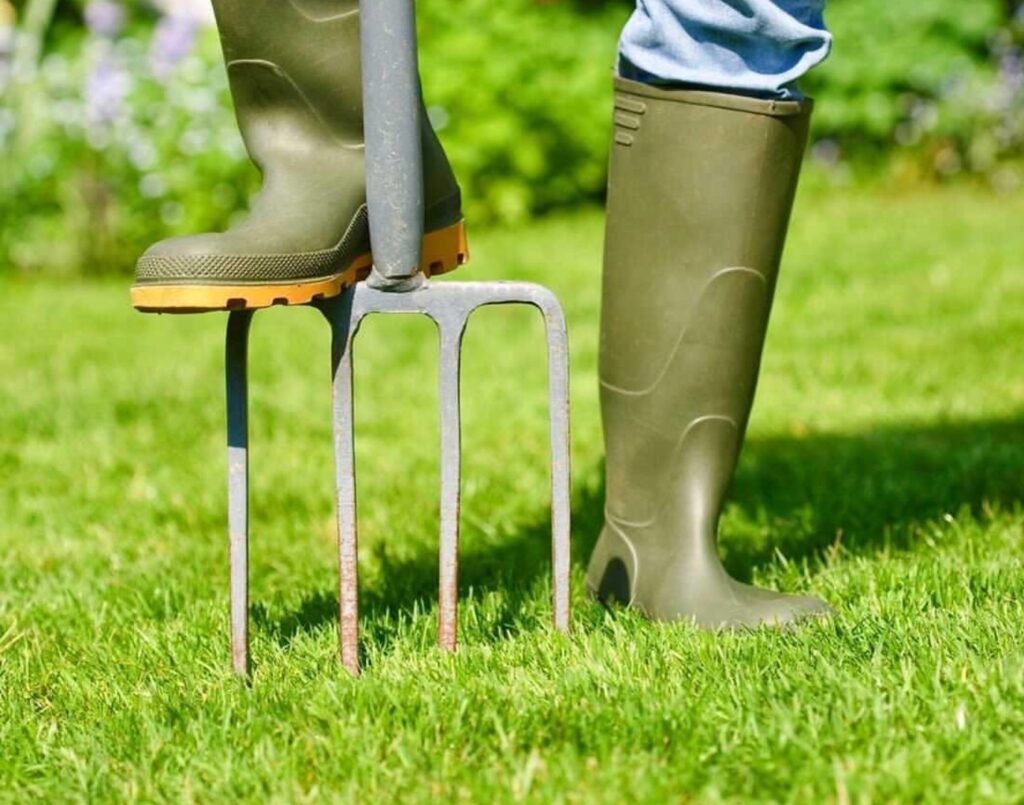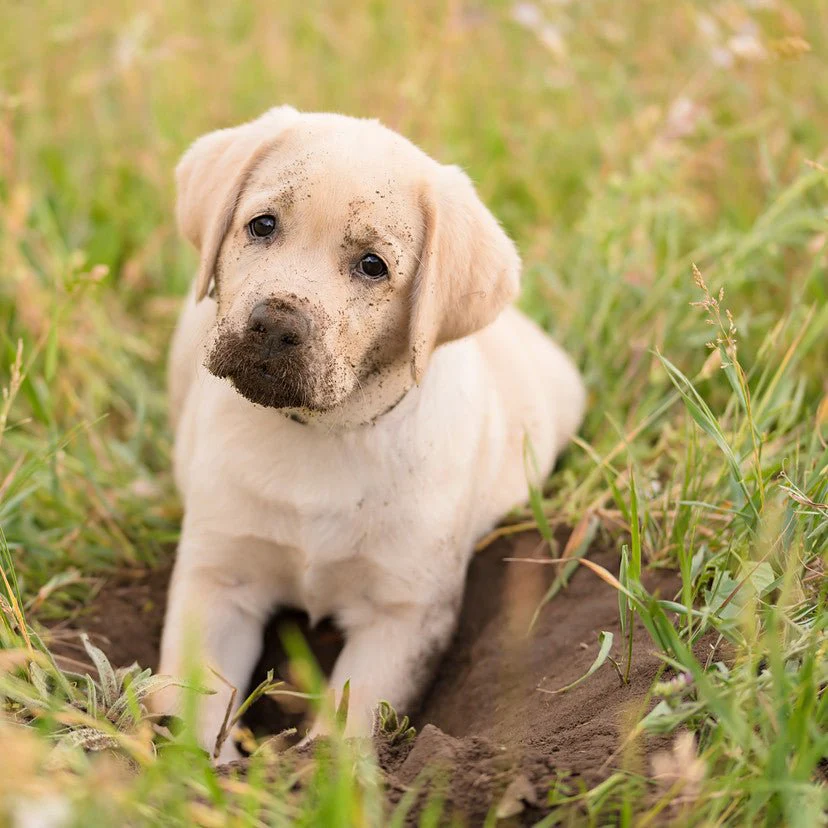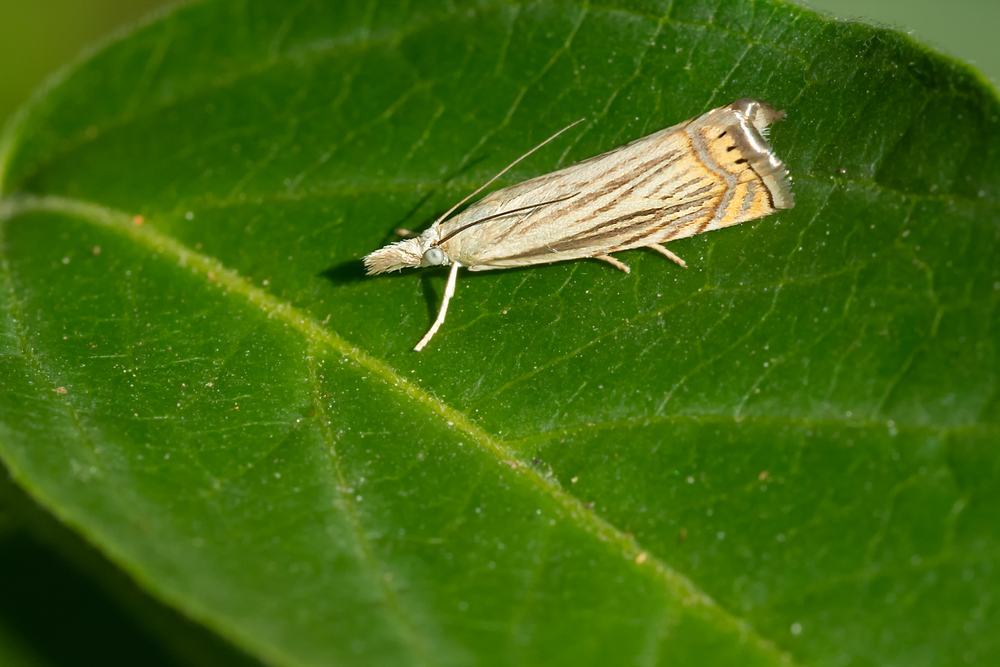Mowing
- Your new sod should stay put for 7 days.
- The grass should now be approximately 3 inches tall. Now it’s time to cut it to 2 inches. To avoid indentions, let the ground dry slightly before you mow.
- You should never cut off more than one third (1/3) of the blade. This will cause the turf to “scalp”, which can lead to a lot of damage.
- To maintain a healthy, uniform lawn, keep the cut at 2 inches.
Fertilization
- We recommend you apply a thin layer of starter fertilizer about three weeks after your sod is installed.
- Once your lawn has been established, you can start a regular fertilization program and continue to water it.
- You should fertilize your lawn at least 4 times per year for a healthy lawn. Use the recommended fertilizer for this time of year.
Insects
- Use insecticide in the last two weeks before April ends. Apply again in the middle of May.
- Turpin Farms uses endophyte-enhanced turf blends. However, Turpin Farms is 100% INSECTICIDE-FREE and ships to you that way
Watering:
- Apply 1/2 inch of water to your lawn after it is established. Let the lawn dry completely.
- This will make your lawn less dependent on you to water.
- Do not water your lawn at night, as it promotes disease.
- TIP: Keep track of how much water you grass gets by placing a cup on your lawn.
These are great tips to water your lawns, both new and old.
- Tip #1: Take a corner off the turf and insert a screwdriver, or any other sharp tool, into the soil. The tool should be able to push in and retain moisture for the first 7-10 cm. You may need to add more water (3-4 inches).
- Tip #2: Make sure water is reaching all areas of your lawn regardless of what sprinkling system it uses. Sprinklers can miss corners and edges, making them more susceptible to drying out quicker than the middle of your lawn. Additionally, the reflected heat from buildings causes areas nearby to dry out faster and may need more water.
- Tip 3: Runoff can occur on certain soils or sloped areas, if the soil is not sufficiently moist. You can conserve water and ensure proper soak-in by turning off the water supply when runoff starts. After waiting 30-minutes to one hour, you can reapply the water to the same spot, and repeat this process until the soil is properly moistened.
- Tip #4: When the turf begins to weave its roots into the soil it becomes difficult, impossible, and/or dangerous to pull back a corner (Watering
- Tip #5: However, you can still use a sharp instrument to check the moisture depth through the turf and into soil.
- Tip #6: Water as early as possible in the morning to maximize the grass’s normal growth cycle. This is because there are usually lower wind speeds and less water loss due to high temperatures evaporation.
- Tip #7: Reduce the temperature of the turf surface if it reaches 100F or high winds continue for longer than half the day. The sprinkling of the turf surface does not replace regular, deeper watering. This will be even more important in adverse weather conditions.
- Tip #8: Infrequent, deep watering is preferable to frequent, shallow watering. Roots will only grow as deep as the water supply. A grass with a deep root has a greater “soil water bank”, which is used to store moisture. This will allow it to withstand drought and heat that can quickly dry out the top soil layer.





